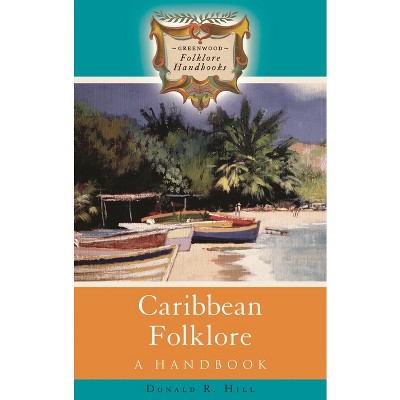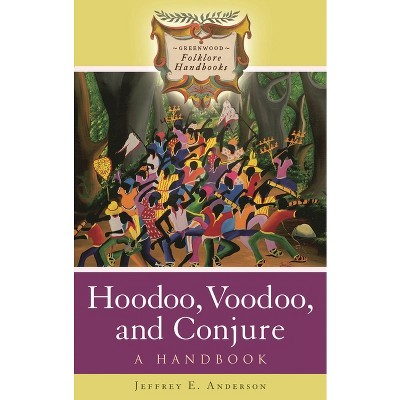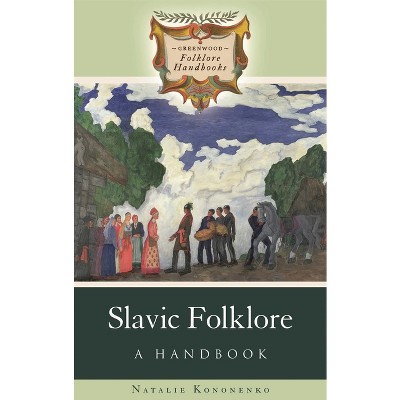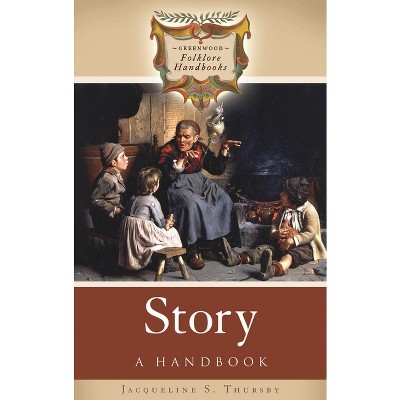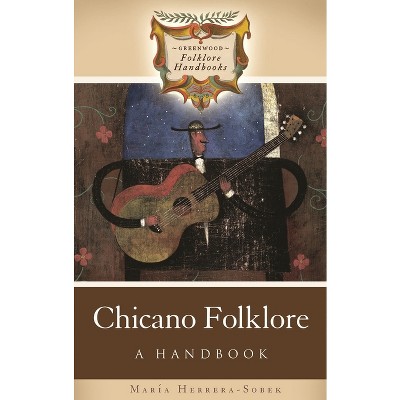Sponsored

Myth - (Greenwood Folklore Handbooks) by William Doty (Hardcover)
In Stock
Sponsored
About this item
Highlights
- A type of folklore, myth is central to all cultures.
- About the Author: WILLIAM G. DOTY is Professor Emeritus of Humanities and Religious Studies at the University of Alabama, Tuscaloosa.
- 196 Pages
- Social Science, Folklore & Mythology
- Series Name: Greenwood Folklore Handbooks
Description
About the Book
A type of folklore, myth is central to all cultures. Myths convey serious truths learned over generations and provide practical advice for living within a society. And while many myths go back to antiquity, they are also an important part of popular culture. Because they are so fundamental to civilization, myths are studied in a range of disciplines and at all levels. This reference is a comprehensive but convenient introduction to the role of myth in world cultures.
Written by a leading authority, this handbook is of use to high school students, undergraduates, and general readers. It defines and classifies types of myth and provides numerous examples, many of which illustrate the significance of myth to contemporary society. In addition, it surveys the history of the study of myth and overviews critical approaches. It examines the relation of myths to larger contexts, such as politics, religion, and popular culture. The volume closes with a bibliography of print and electronic resources and a glossary.
Book Synopsis
A type of folklore, myth is central to all cultures. Myths convey serious truths learned over generations and provide practical advice for living within a society. And while many myths go back to antiquity, they are also an important part of popular culture. Because they are so fundamental to civilization, myths are studied in a range of disciplines and at all levels. This reference is a comprehensive but convenient introduction to the role of myth in world cultures.
Written by a leading authority, this handbook is of use to high school students, undergraduates, and general readers. It defines and classifies types of myth and provides numerous examples, many of which illustrate the significance of myth to contemporary society. In addition, it surveys the history of the study of myth and overviews critical approaches. It examines the relation of myths to larger contexts, such as politics, religion, and popular culture. The volume closes with a bibliography of print and electronic resources and a glossary.Review Quotes
"Doty's thorough, academic introduction to the ongoing relevance and study of myth in contemporary culture provides useful surveys of the history of scholarship and criticism of myth, and also discusses recent applications of myth in modern life, such as the Big Bang, Gaia as Earth, the cults of Elvis and Madonna, and the significance of Harry Potter. In clear, elegant prose, Doty conveys competing arguments about definitions and roles of myth in society, and admirably delineates crucial similarities and differences between the approaches of influential myth scholars....[a] useful and candid summary for students and teachers. Recommended. Upper-division undergraduates through faculty."-Choice
?Doty's thorough, academic introduction to the ongoing relevance and study of myth in contemporary culture provides useful surveys of the history of scholarship and criticism of myth, and also discusses recent applications of myth in modern life, such as the Big Bang, Gaia as Earth, the cults of Elvis and Madonna, and the significance of Harry Potter. In clear, elegant prose, Doty conveys competing arguments about definitions and roles of myth in society, and admirably delineates crucial similarities and differences between the approaches of influential myth scholars....[a] useful and candid summary for students and teachers. Recommended. Upper-division undergraduates through faculty.?-Choice
About the Author
WILLIAM G. DOTY is Professor Emeritus of Humanities and Religious Studies at the University of Alabama, Tuscaloosa. His many books include Myths of Masculinity (1993), Mythography: The Study of Myths and Rituals (1986, 2000), Contemporary New Testament Interpretation (1972), Picturing Cultural Values in Postmodern America (1995), and Mythical Trickster Figures: Contours, Contexts, and Criticisms (1993).





